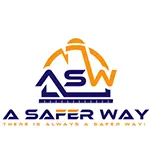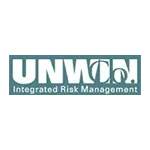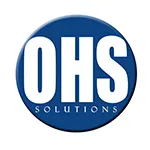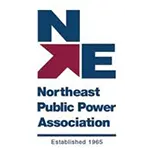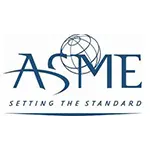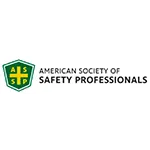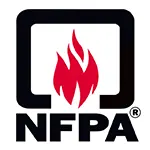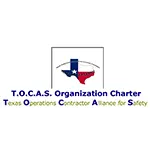CLICK HERE to Renew your Membership
CLICK HERE for a NEW Membership
CLICK HERE to see eligibility requirements for FREE Membership
If you have any questions, please contact me
We offer:
- Over 17,600 categorized unsafe acts/conditions and accident/injury photos
- Over 1,450 ppt's & doc's
- Over 3,975 technical articles on Process Safety & Occupational Safety & Health matters
- Over 450 videos

I am proud to announce that have extended our”Partners in Safety” agreement for another year (2025).
CI Members, send me an e-mail to request your FREE SAFTENG membership.

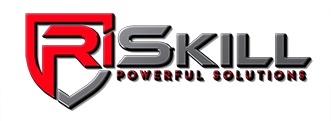



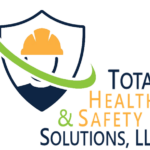








April 13, 2011
I have seen hundreds of CS videos in my time, and I use a few in my training courses, but this one is the MUST-SEE for EVERY WORKER and their FAMILY. A father lost his son, a wife lost her husband, and a little boy lost his father! Does the world not have enough misery in it already to where we can STOP these accidents from happening? ALL of these confined space deaths CAN BE SO EASILY PREVENTED, yet...
Read More
April 13, 2011
Test the atmosphere before entering a confined space. It can make the difference between life and death.
…
HomeRead More »
Read More
April 13, 2011
On October 2, 2007, five people were killed and three others injured when a fire erupted 1,000 feet underground in a tunnel at Xcel Energy Company’s hydroelectric power plant in Georgetown, Colorado, located approximately 45 miles west of Denver. This CSB safety video explains how the accident occurred.
Read More
April 13, 2011
This is a MUST SEE series of videos for ALL Emergency Responders!!! This means HAZMAT, Rescue, EMS, etc. Even if you are not on an ERT, but your facility has pressure vessels on site – this is a MUST SEE training video series on BLEVEs. Engineers who install and maintain pressure vessels NEED to see this as well.
…
HomeRead More »
Read More
April 13, 2011
This is a MUST SEE series of videos for ALL Emergency Responders!!! This means HAZMAT, Rescue, EMS, etc. Even if you are not on an ERT, but your facility has pressure vessels on site – this is a MUST SEE training video series on BLEVEs. Engineers who install and maintain pressure vessels NEED to see this as well.
…
HomeRead More »
Read More


